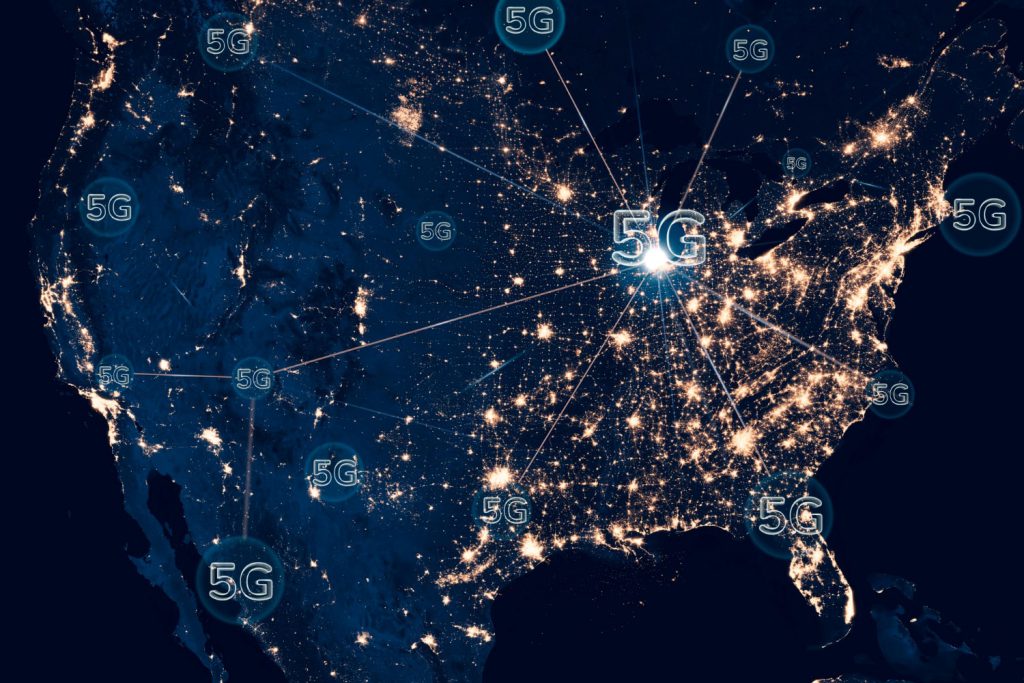
Since the pandemic started, people have been confined to their couches at home, whether working from home or watching Netflix. The hunger for data consumption has increased rapidly, putting a lot of burden on the data centers’ infrastructure. Because of this increased data consumption, the bandwidth requirement is also increasing, putting a lot of pressure on the existing physical infrastructure of the data centers.
During this pandemic, the digitization process was accelerated, which pushed the demand for hyperscale data centers and colocation services. And significant investments were poured from tech giants like Amazon, Microsoft, and Google into public cloud infrastructures. Because of the accelerated digitization process, at the end of 2021, the IP traffic will reach 20.6 ZB, which has increased by only 7 ZB since 2016.
The Internet of Things (IoT), smart cars, smart businesses, and smart homes are pushing the data centers to the edge so that we will be seeing more edge datacenters. One good example is that the IoT market is expected to grow by over $50 billion by 2020, so with this kind of growth, the demand for Edge Data Centers will for sure increase because this means that demand for connectivity, speed, and reliability is also increasing.
Last but not least, 5G is a reality now, and with 5G, IoT will be supported, and its growth will be very fast. When businesses are collecting the data faster, the data needs to be processed faster, thus forcing the data center owners to put more fiber and ports in their data centers.
Fiber Density

Because of the huge amount of data pouring into the data centers, these data centers should be scalable, fast, and dense. Because of these reasons, we saw how 40G transited to 100G and now to 400G. With Ethernet Technologies evolving so fast, the port density and fiber counts are increasing. So, we have more fiber in our data centers today than ever before, and it will keep on increasing. In fact, tens of thousands of fiber links are now supported by many large data centers.
With the increasing number of fiber connections, taking advantage of all available ports and doing fiber management effectively is vital to ensuring the smooth performance of the data center. One challenge in hyperscale data centers is connecting high-fiber-count cables to switches and servers because of the lower availability of rack space, and at the center of this challenge are fiber patch panels. To overcome this challenge, patch panels need to increase their port density to accommodate the thirst for bandwidth.
Transceivers

The development of more fiber, more lanes and faster signaling new transceiver form- factors are required for 400G Ethernet. 400G deployment in Hyperscale Data Centers will mostly be supported by QSFP-DD (Quad Small Form-Factor Pluggable – Double Density) transceivers. 50Gb/s per lane, in total 8 electrical lanes which equal 400Gb/s.
• OSFP
• QSFP-DD
• CFP8
• COBO
Summary

5G, AI, cloud computing, IoT, etc. are pushing the limits of current data centers, and port and fiber density is increasing because of the increased bandwidth, which is putting pressure on the active as well as passive infrastructure. On the active side, optical transceivers and new transmission methods are introduced, because of which the vendors of passive infrastructure need to develop high-density solutions to support the high density in the current and future data centers.




